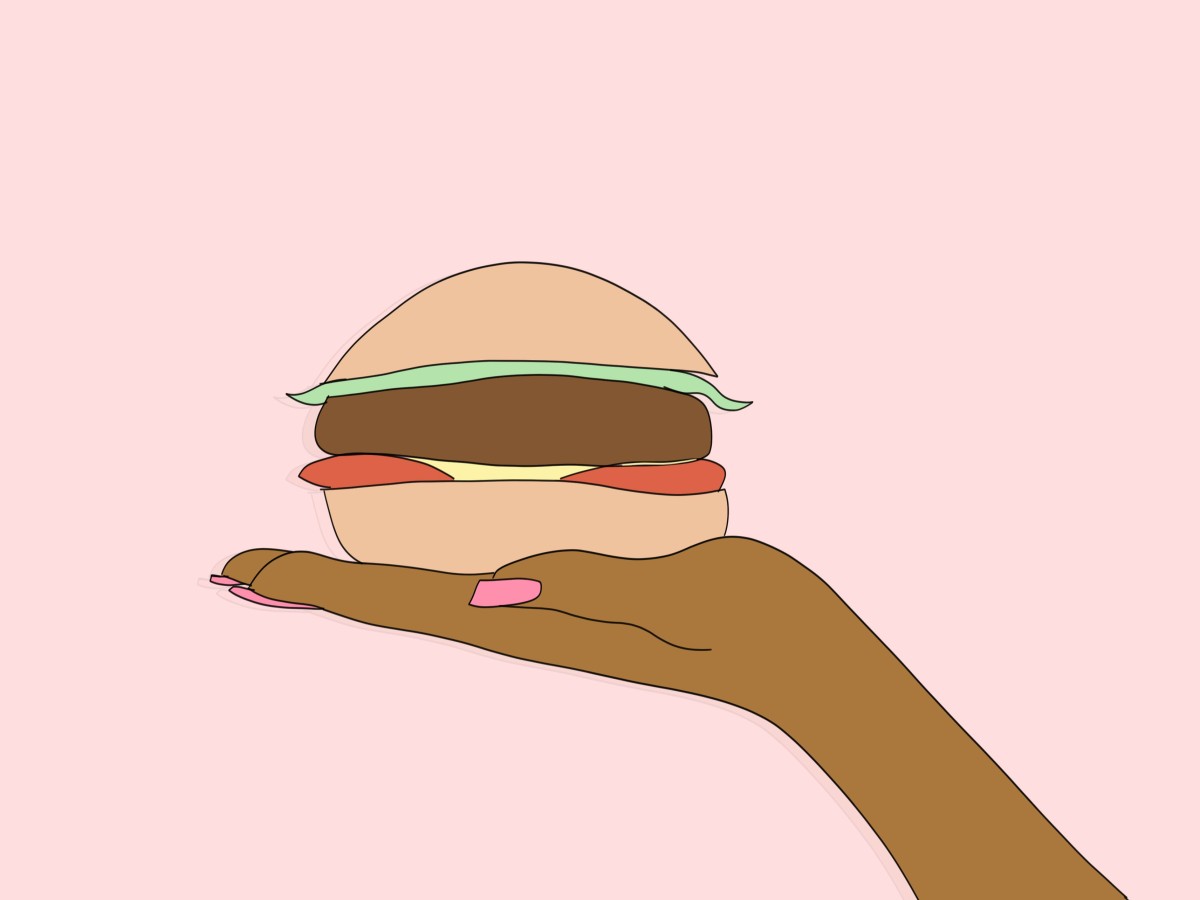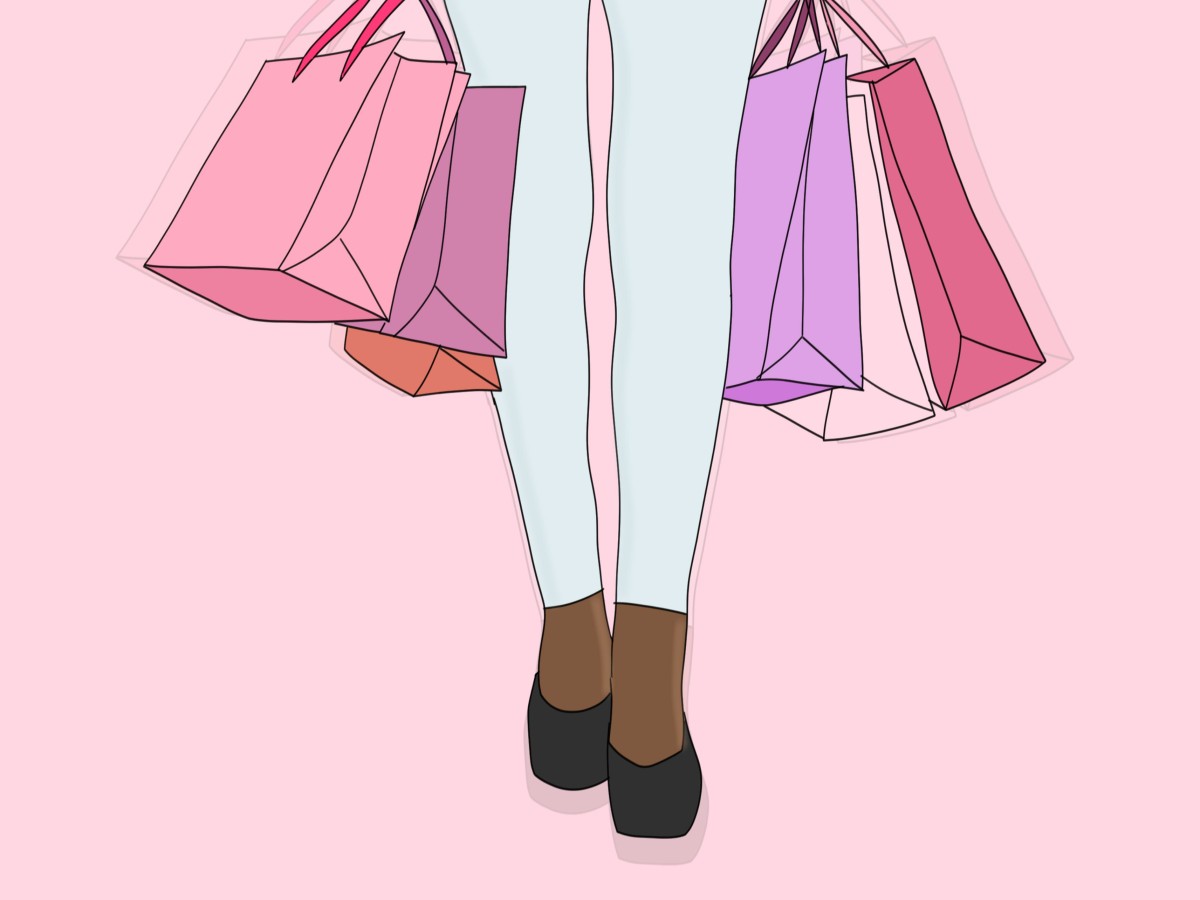‘Sustainable’, ‘responsible’, and ‘conscious’ are all buzzwords that we now associate with clothing edits and vast cohorts of culinary companies. For most, this means manufacturing clothing, accessories and food in the most environmentally-friendly way possible. Although these altered processes are not usually seen as the cheaper option, since moving to London, I was pleasantly surprised to see how forward-thinking people are in their approach to throwaway culture and was quick to embrace these buying behaviours. Food and fashion have a different pace here, the fast and the future no longer see eye-to-eye.
Sold on ‘the old’
Clothing can be made from more recycled materials and manufacturing can be ‘greener’. Eateries, including supermarkets, obtain items more locally to reduce food miles. Other means to benefit the environment that we as consumers can participate in are recycling and reusing. Forms of sustainable fashion are charity and vintage shops, clothing bins and apps to buy and sell clothing online. You may hear people joke about charity shops being full of ‘old tat’ which smells like dust and belonged to a pensioner. This is not the case and is a stigma that is slowly being shed. Buying someone else’s clothes is also deemed unhygienic, but passing on clothing to someone else allows a longer lifespan of the item. Not to mention a better financial incentive for buyer and seller alike.
What’s more, I learned that the clothes which are not suitable, or those that do not sell in stores, are sold abroad to garment merchants in economically developing countries. A triple threat win-win! I was surprised to find how supportive people are of charity shopping in London. Often, these are the busiest shops on the high street at the weekends where I live in North London. One day I went in to see for myself. I was pleasantly surprised at the quality of the items and the variety of brands they stocked. I saw both high street and high fashion labels; from Topshop and Mango to Armani and Burberry. I recently purchased a pair of Ray-Ban sunglasses for £35. Who doesn’t like high-quality items at a more affordable price where the proceeds go to a good cause?
Upcycling is also a really good way of invigorating your wardrobe. I almost always find quality jeans at a reduced price – what is not to love? Investing in these staple pieces is a testament to the longevity of the clothes and their permanency in style. My mum still raves about a pair of jeans she has had since the early 80s. They look almost brand new. Charity shop items go through a selection process. So get the image of bin bags that someone has dumped in the doorway out of your mind.
‘Out the back’, the stock is assessed and treated before it hits the shop floor. I will advise that some may not be in perfect condition. You can identify these with ‘sold as shown’ on the label. So if you are not open to caring for a stain, rough hem or other imperfections, leave it be. But if you are interested in haberdashery then this might be an ideal way to develop your skills! The entrepreneurs out there have built their businesses via apps to bring older clothing a new lease of life.
True to ‘new’

Many people who know me will tell you one of my biggest pet peeves is food waste. So, you can imagine my excitement to download ‘Too Good To Go’. It is an app that aims to crack down on food that is likely to be wasted. The unsold food items are available in meal bundles, or ‘magic bags’ whereby the contents are a mystery until collection. The first restaurant, an Italian bistro, allowed me to pick from a few items to take away with me. The next was a bag filled with treats that remained unknown until I opened the package.
I loved the taste and freshness of the food, but what struck me was the quantity – particularly for a weekend. I received a whole loaf of bread, a croissant and a cruffin, and two generous slices of two different cakes. All for £4. It makes me sad to think of all the food that could go to waste. Plus, the money went to independents rather than conglomerates, which brings added benefits to my local community. Not to mention, has introduced me to new places I have not visited before.
Not only has using these apps brought me fresh treats at a low cost, but this new method of purchasing simulates that of buying a takeaway; therefore, the craving for food deliveries is minimised and replaced by collecting meals on my walk home from work. My want for fast food has been displaced into little tasty pick-me-ups with a positive impact on my bank account and our environment: changing the fast and the flabby to the fast and the future.
Having said that, I don’t remember the last time I went a week without enjoying a croissant, which isn’t ideal for the diet…! All in moderation, am I right? Not to mention, I have had the pleasure of sampling foods and eateries that I may not have considered before. Who knew there are so many varieties of croissants available, such as red velvet or cardamom? Almond croissants are my go-to (although a pain au chocolat with almonds I had in Paris recently will forever hold a special place in my heart). So to be almost forced to embrace other alternatives is always an exciting surprise.
What I love about charity shopping is that the range of clothing, be it style or colour, enables me to branch out of my usual ‘basics’ that I often resort to. I am pretty minimalist and monochromatic when it comes to fashion, accessorising and just about everything else. So the benefits of charity shopping make me break this cycle a little and try out more interesting patterns and brighter colours to bring some decadence to my usual outfits. I mean, I won’t break the habit of a lifetime but it is a step in the right direction.
The fabric of society
What is also pleasing, is that the fast and the future approach to food and fashion is not exclusive to big cities. Of course, the advantage of digital apps is a global movement in which everyone can be involved. Even if you don’t wish to buy, you can sell items which you no longer use or want. Sometimes it can be a bit overwhelming to gaze upon the large pile of clothing you are about to clear out – but the effort of taking the photos and posting them to buyers is worth it when you see the little green numbers stacking up in your bank account. It may be quicker and easier to just throw them away (please recycle them!) but it feels good to receive messages from buyers when they are really happy with the item and it is just what they were looking for.
Even small cities, such as my hometown in rural Devon, are united in arms to fight against throwaway culture; embracing the food apps and also housing some successful vintage stores on the high street. I hope this approach to fast food and fast fashion is adopted in many more places.
I hope to see further advancements in the bid to combat throwaway culture, especially since the benefits of this effort revolves around philanthropy and boosting the economy for local businesses. People are becoming more accepting of the reduced rate way to shop for food and clothing whilst simultaneously cracking down on waste. This is absolutely a step in the right direction for the protection and prosperity of our environment: the new fast and the future run parallel to each other and prove coexistence is not only possible but palpable.
Find more lifestyle articles here >
Written by Rachel Boyer
Illustrated by Francesca Mariama

